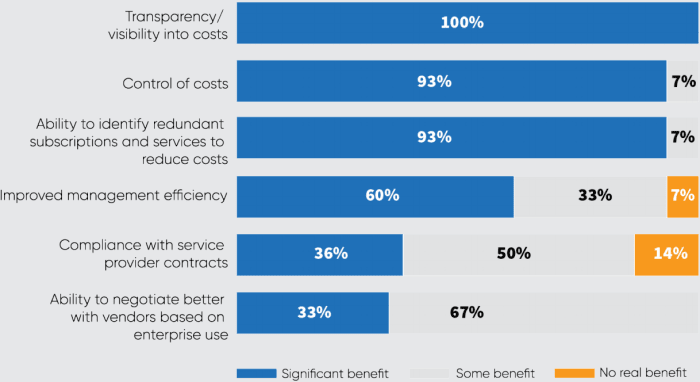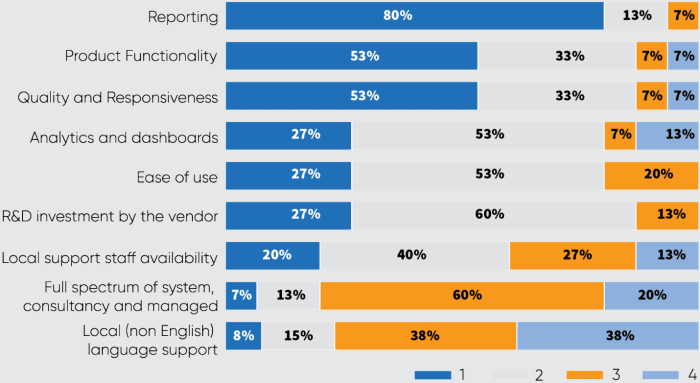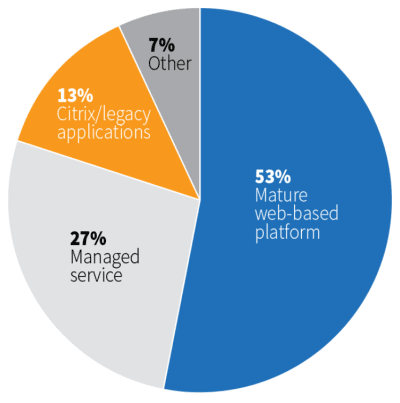8-Step Guide to Choosing the Right Market Data Inventory Platform
“Market data inventory platforms have been helping financial institutions to track, manage and control their market data and related expenses for decades.”
But with the advance of technology and significant investment in the industry, is now the time to consider the strengths of your current platform, or in some cases, the possibility of migrating to a modern platform?
Together with A-Team Group we interviewed 15 senior market data managers across the UK (67%) and US (33%) at sell side (60%), buy side (33%) and custodian (7%) firms about their views towards market data inventory platforms.
The findings deliver a valuable checklist of benefits, functions and vendor capabilities to evaluate when considering a supplier of market data inventory platforms 📝
They also provide insight into the strengths and weaknesses of their current platforms, the view of market data managers towards migrating to alternative platforms and their appetite for using them for tracking an expanded range of services across the financial enterprise.
All the findings are then summarized into a handy 8-Step guide to choosing the right market data inventory platform provider for you.
Scroll or use the menu below to navigate through the article 👇
The Six Benefits of a Market Data Inventory Platform | Key Platform Functionality to Consider | Vendor Capabilities | How Should Your Inventory Platform Be Delivered? | Satisfaction with Current Providers | The Migration Question | Extending the Platform's Use Beyond Market Data | 8 Steps to Choosing the Right Market Data Inventory Platform Provider Functionality to Consider









